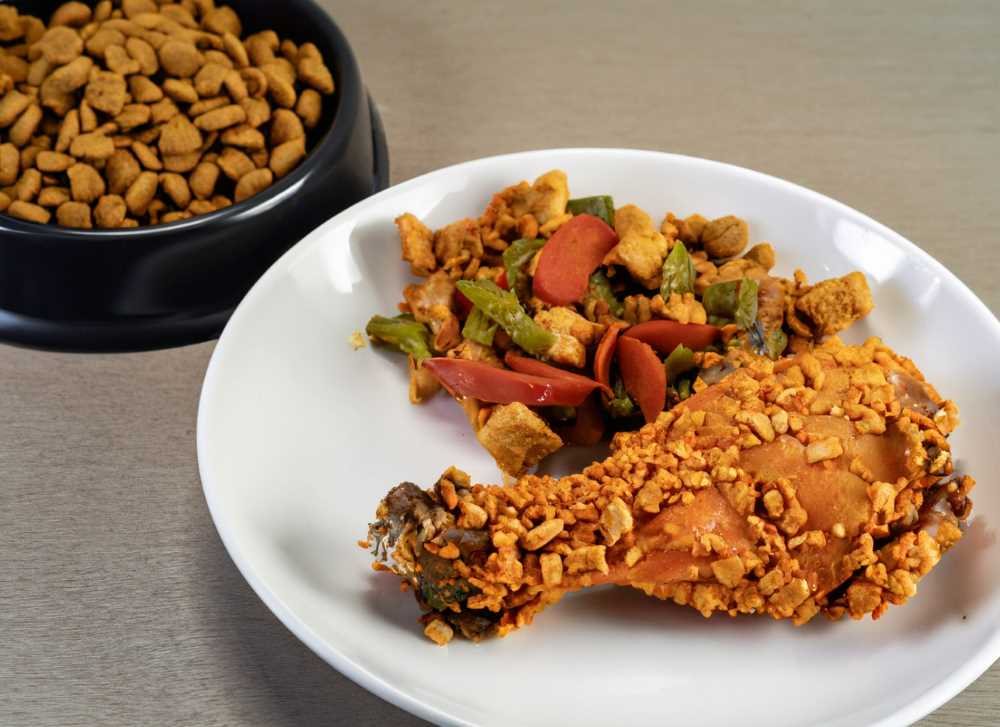What Happens When Pets Dine on Human Food Leftovers
Are you tempted to share your dinner leftovers with your furry friend? Think twice! Our seemingly innocent act of love might actually be a hidden danger. From chocolate and garlic to grapes, common ingredients in our meals can be toxic to pets.

In countless homes around the world, pet owners often find themselves asking a seemingly innocent question: “Is it safe to feed leftover food to my pets?” While handing table scraps to our furry companions may seem like a harmless act of love, there are pressing concerns that deserve our attention. Despite its popularity, this practice may pose hidden dangers to pets, affecting their long-term health and well-being.
Nutritional Imbalance
Firstly, let's talk about the nutritional science behind pet food. Dogs, cats, and other animals have specific dietary needs that vary according to age, breed, and health condition. Unlike human diets, which often contain a plethora of ingredients, animals require a tailored regimen to meet their unique nutritional needs. Relying solely on leftovers could deprive your pet of essential nutrients and pave the way for potential health issues.




